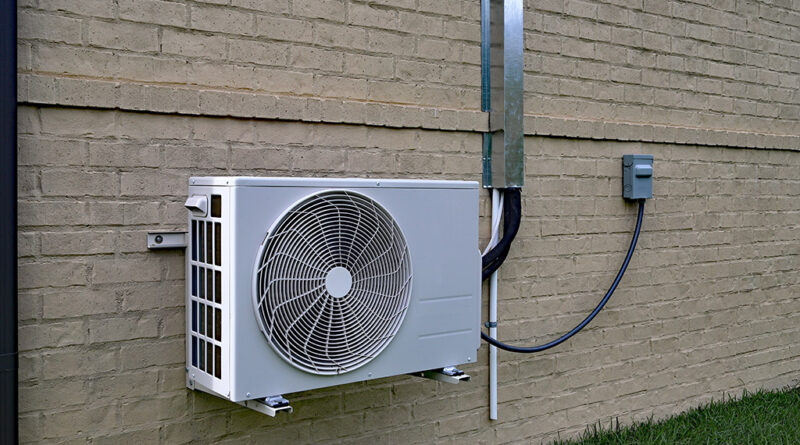Exploring the Disadvantages of Mini Split Systems
Introduction
Mini split systems have gained popularity for their efficiency and flexibility, but they also come with certain disadvantages of mini split systems that homeowners should consider before installation.
Understanding Mini Split Systems
What are Mini Split Systems?
Mini split systems, also known as ductless HVAC systems, consist of an outdoor compressor unit and one or more indoor air-handling units. They offer targeted cooling and heating solutions for specific areas or rooms in a home.
Disadvantages of Mini Split Systems
1. Initial Cost
a. Higher Initial Investment
Compared to traditional HVAC systems, mini splits can be more expensive to install initially. This cost includes not only the units themselves but also professional installation, which can be complex and require specialized knowledge.
2. Aesthetics and Installation
a. Wall-mounted Units
Indoor units of mini splits are often wall-mounted, which some homeowners may find less aesthetically pleasing compared to traditional central HVAC systems. This can affect the overall interior design and décor of a room.
b. Installation Challenges
While ductless systems avoid the need for ductwork, installation can still be complex and require precise placement of indoor and outdoor units. Improper installation can lead to inefficiencies or operational issues.
3. Maintenance and Longevity
a. Regular Maintenance Required
Mini splits require regular maintenance to ensure optimal performance. This includes cleaning filters, checking refrigerant levels, and inspecting components, which can add to the overall cost of ownership.
b. Lifespan Concerns
While mini splits are durable, the lifespan of components such as compressors and fans may be shorter compared to traditional HVAC systems. Replacement parts can be costly, especially as units age.
4. Noise Levels
a. Indoor Unit Noise
Some mini split systems can produce noticeable noise levels from indoor units, especially if they are not properly sized or installed. This noise can be disruptive, particularly in quiet environments or bedrooms.
5. Climate Limitations
a. Efficiency in Extreme Climates
In regions with extreme temperatures, mini splits may struggle to maintain desired indoor temperatures efficiently. In cold climates, they may require supplemental heating methods, while in hot climates, they may struggle with cooling efficiency.
Conclusion
While mini split systems offer many advantages such as energy efficiency and zone-specific cooling and heating, they also present several disadvantages that homeowners should weigh carefully. Understanding these drawbacks can help in making informed decisions about HVAC systems that best suit your home’s needs and preferences.




